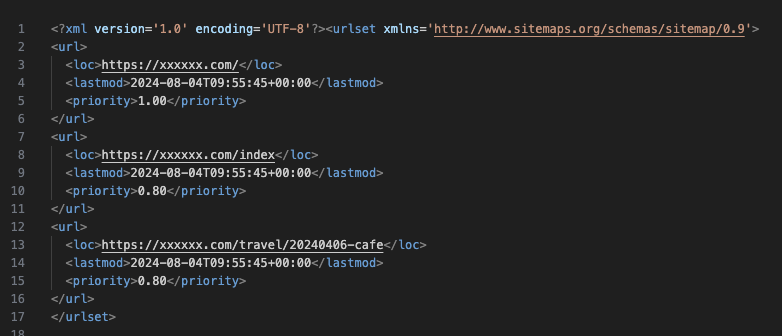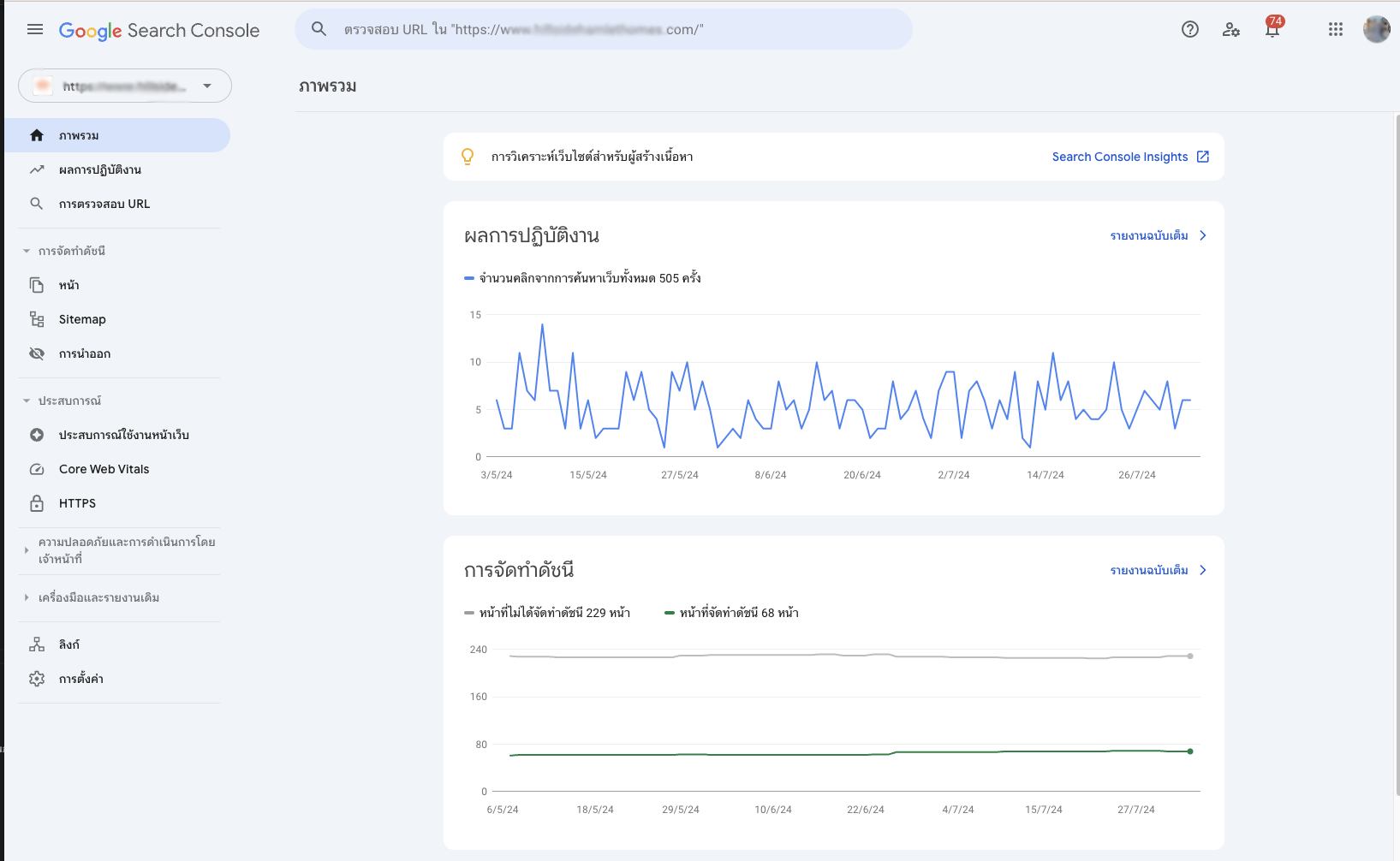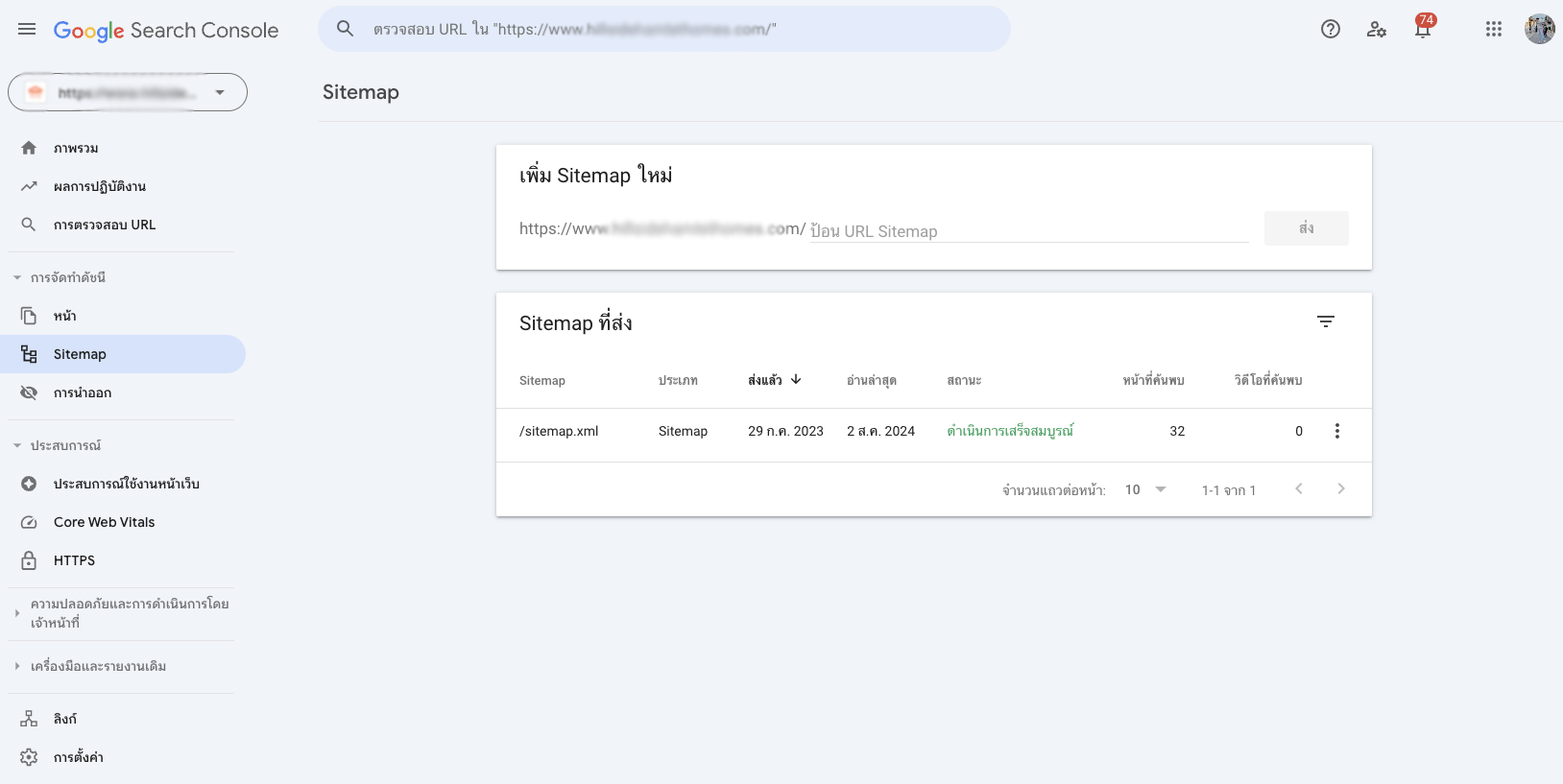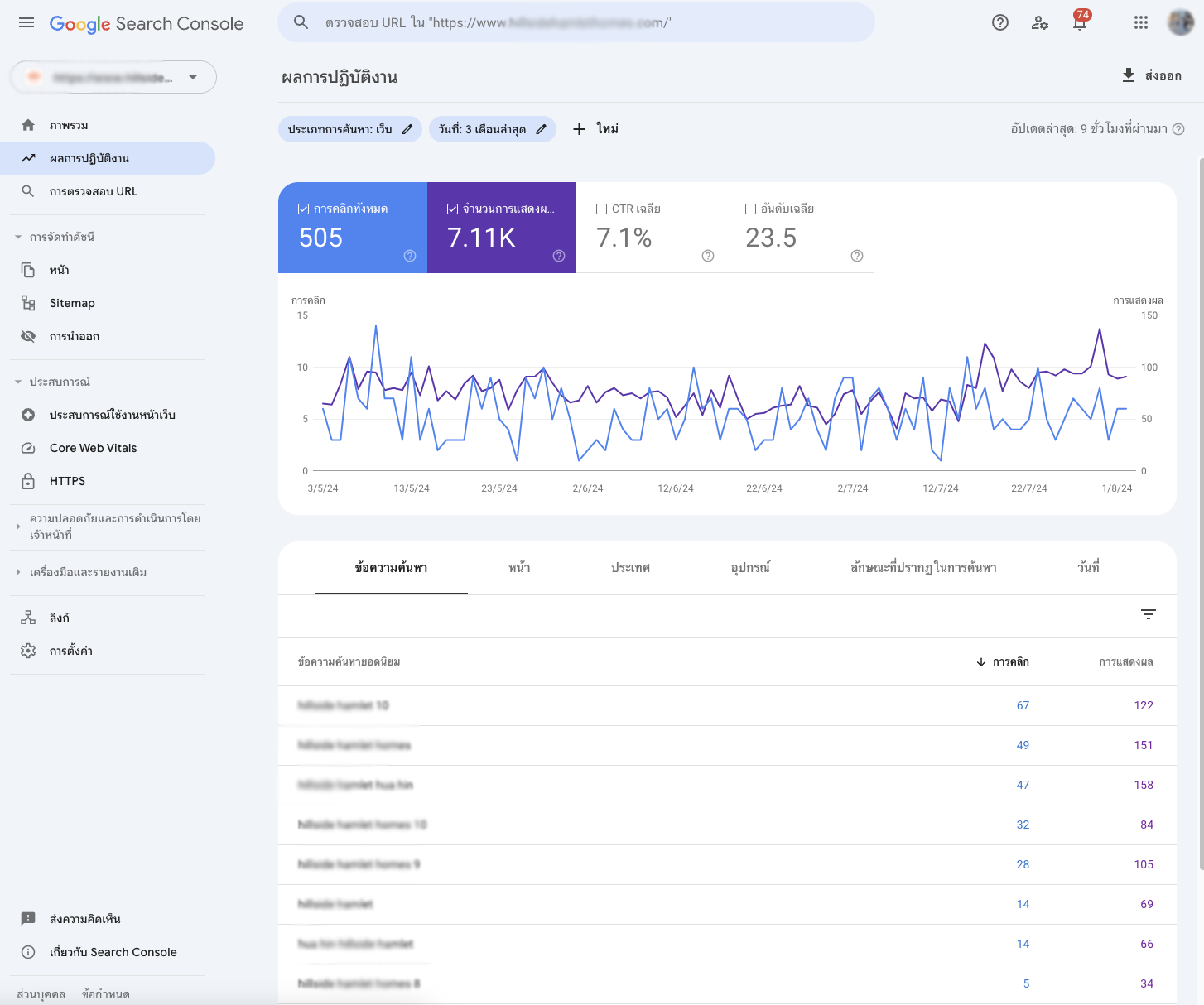How to Create a Sitemap for Google SEO
Technology and Entertainment > How to Create a Sitemap for Google SEO
05/08/2024 09:30  594
594

What is Google Search Console Sitemap and how to create it
Google Search Console Sitemap, or site map, is like a map that you create to tell Google what pages your site has and how those pages relate to each other. It is akin to telling Google, "Here is my house with bedrooms, a kitchen, a living room, and a backyard" to help Google understand the structure of your site clearly.

Why use a Sitemap?
- Helps Google discover pages faster: Especially new pages or pages that are deeply buried within the site.
- Tells Google which pages are the most important: You can specify the priority of each page in the Sitemap.
- Helps solve crawling issues: If Google cannot crawl your entire site, a Sitemap can help resolve this problem.
How to create a Sitemap
- Create it manually
- Use Notepad or other text editors
- Write XML code according to Google’s format/li>
Specify the URL of each page in the Sitemap
- Note: This method is suitable only for small websites. If your site has many pages, creating a Sitemap manually can be time-consuming and prone to errors.
- Use Sitemap creation tools
- Online tools: Many websites offer free Sitemap creation services. Just input your site’s URL, and the tool will automatically generate a Sitemap for you.
- WordPress plugins: If you use WordPress for your site, there are many plugins that can easily create a Sitemap.
Sitemap creation tools for other CMSs: Each CMS often has its own tools or plugins for creating Sitemaps.
- Use Sitemap creation software
- Screaming Frog SEO Spider: This is a tool used to crawl and analyze websites. It can also generate Sitemaps.
- Sitebulb: Another program similar to Screaming Frog SEO Spider that can also create Sitemaps.
Alternatively, you can use websites that generate Sitemaps online.
- Sitemap formats
- Sitemaps come in various formats, but the most commonly used is Sitemap XML, which is the format Google understands best.
- How to submit a Sitemap to Google
After creating a Sitemap, you need to submit it to Google Search Console to let Google know there is a new Sitemap.
Log in to Google Search Console: Go to https://search.google.com/search-console
Select your website: Choose the website you want to submit the Sitemap for.

Go to the Sitemaps section: In the left menu, select "Sitemap".
- Add Sitemap: Click the "Add/Test Sitemap" button and enter the URL of your Sitemap.
- Things to remember
- Update Sitemap: When there are changes to your site’s structure, you should update the Sitemap and resubmit it to Google.
- Check for errors: After submitting the Sitemap, check Google Search Console for any errors.
Don’t create too many Sitemaps: Creating too many Sitemaps can confuse Google.
- Sitemap is not everything: A Sitemap is just one part of SEO. You still need to do other SEO activities, such as creating quality content and building backlinks.
- Summary: Google Search Console Sitemap is an essential tool for those who want their website to rank in Google. Creating and submitting a Sitemap helps Google understand your site’s structure better and increases your site’s chances of ranking higher.
- Additional recommendations: If you need more information about Sitemaps or have any questions, you can find more information in the Google Search Console Help Center or consult an SEO expert.
- Note: This information is only a basic overview. For more in-depth knowledge, you should refer to reliable sources.

อธิบายโครงสร้างเพิ่มเติมของ sitmap.xml
<url>
<loc>https://boeono.com/</loc>
<lastmod>2025-03-31</lastmod>
<priority>1.00</priority>
<xhtml:link rel="alternate" hreflang="en" href="https://boeono.com/en/" />
<xhtml:link rel="alternate" hreflang="th" href="https://boeono.com/th/" />
</url>
Priority Values
- Homepage: 1.0
- Key pages: 0.8
- Blog articles: 0.5-0.7
- Less important pages: 0.3
Last Modified Dates
- Every entry has the same <lastmod> timestamp.
- Fix: Ensure each page has an accurate last modification date.
Performance Optimizations
- Use gzip compression: Compress your sitemap to sitemap.xml.gz for faster crawling.
- Fix: Ensure each page has an accurate last modification date.
- Use a robots.txt reference: Ensure your robots.txt file includes Sitemap: https://boeono.com/sitemap.xml
Please rate your satisfaction with this article
Post a Comment
Your email address will not be displayed to others. Required fields are marked *






